How to Fly an ILS Approach
Pilot Institute
JANUARY 14, 2025
Even driving a car can be dangerous in foggy weather. So, how do pilots manage to land their aircraft safely and accurately without even being able to see where theyre going? The ILS (Instrument Landing System) uses radio signals to help pilots align the aircraft accurately on their approach to a runway.

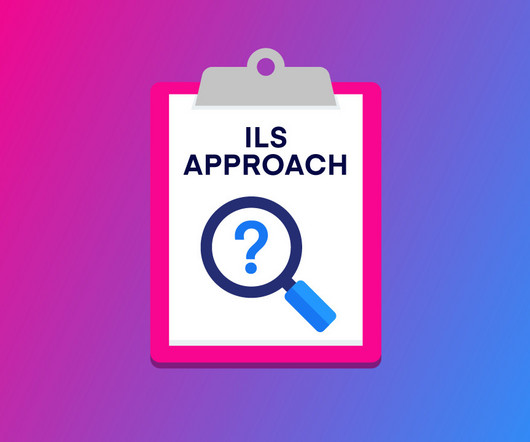


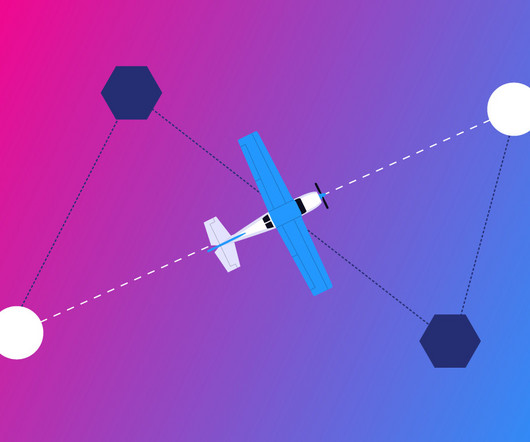
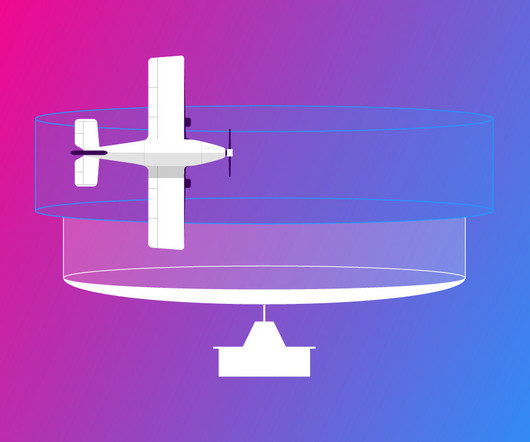
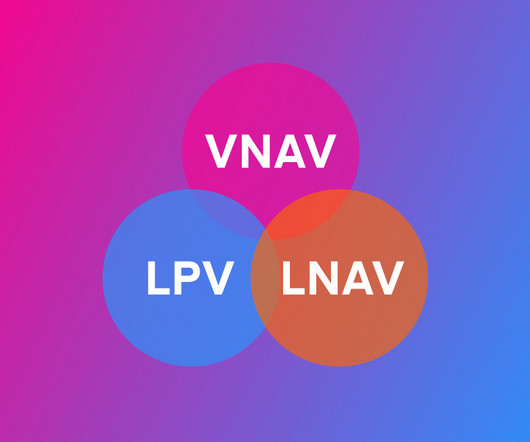
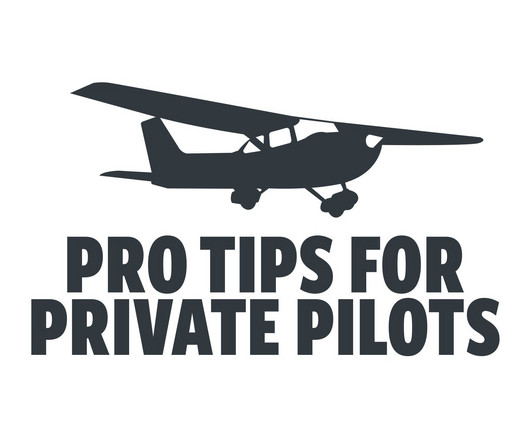
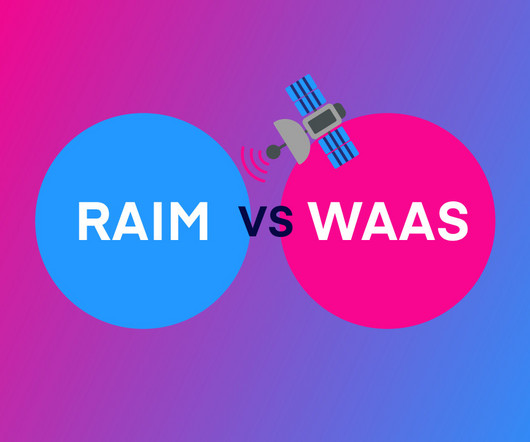






Let's personalize your content